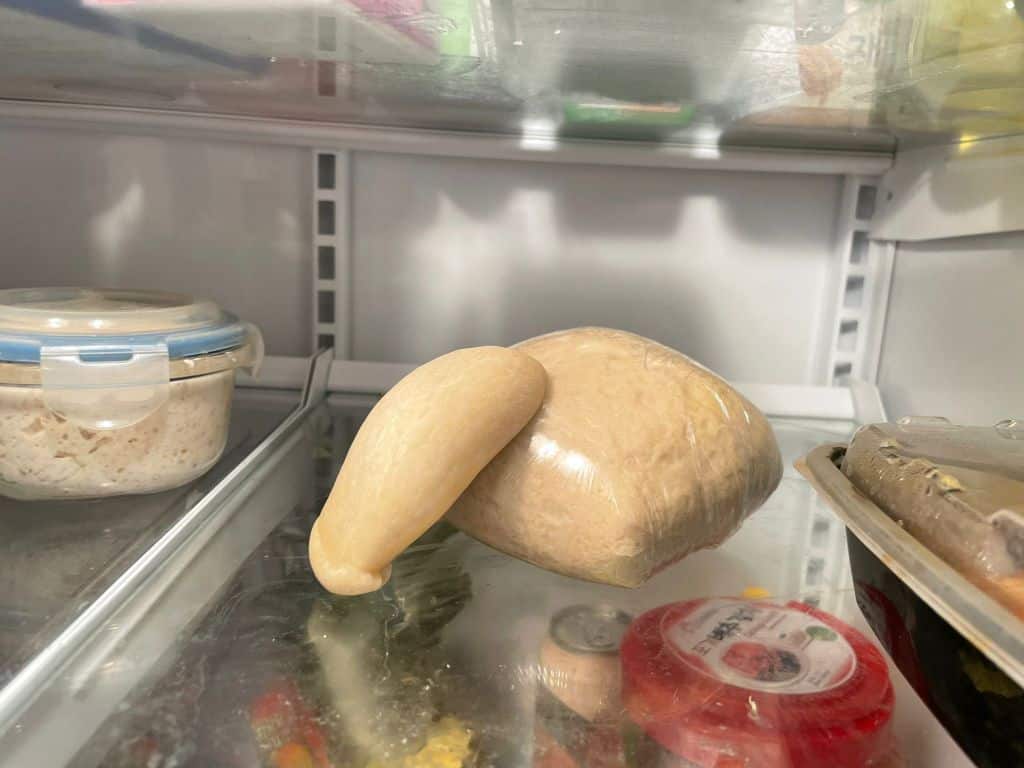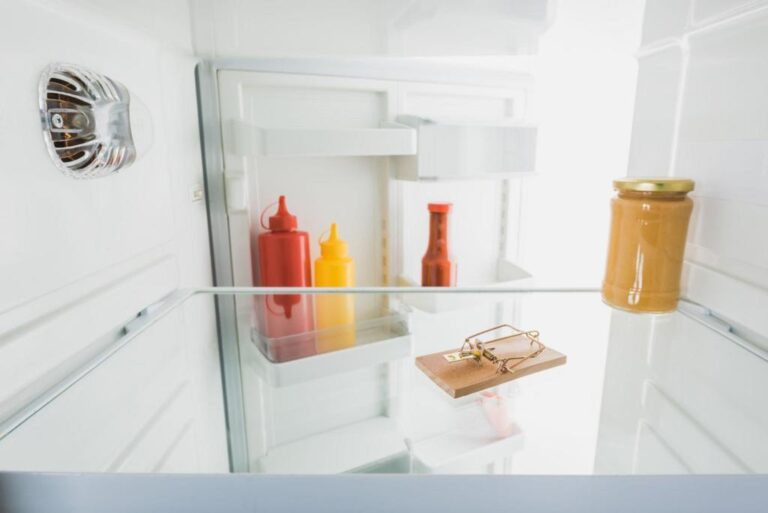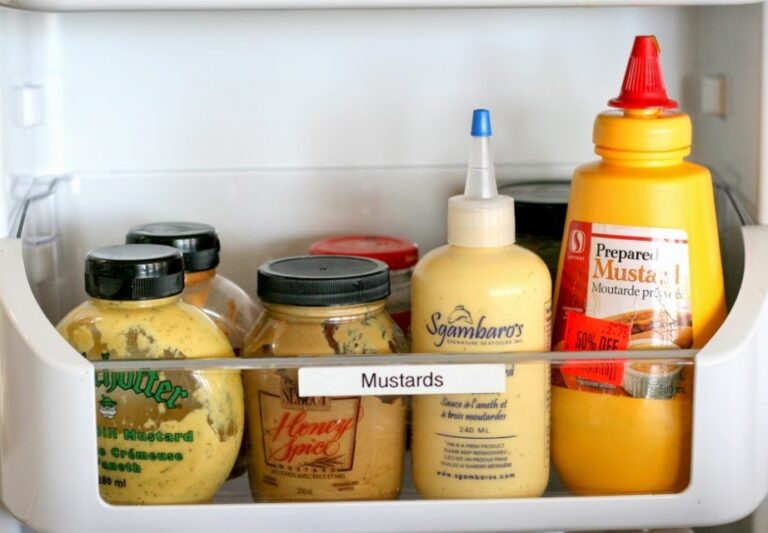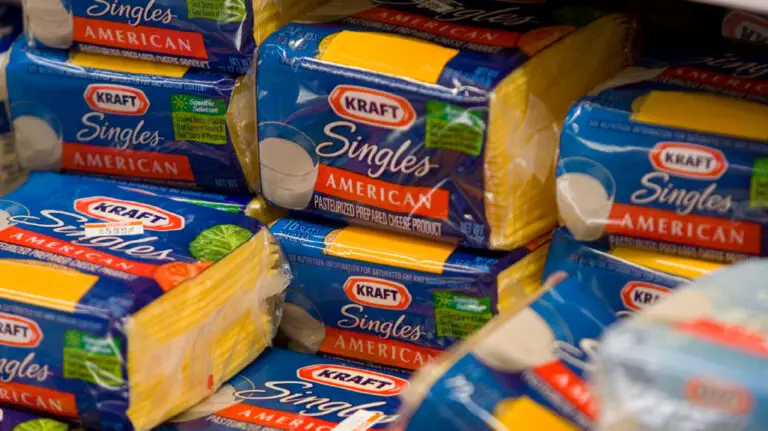How to Thaw Frozen Bread Dough at Room Temperature: A Beginner’s Guide

There’s nothing quite like the smell and taste of freshly baked bread, but what do you do when you’re craving that homemade goodness and realize that all you have is frozen bread dough?
Fear not, because we’ve got you covered with a simple solution that will have your dough thawed and ready to bake in no time. In this article, we’ll explore how to thaw frozen bread dough at room temperature, a convenient and effective method that can help you quickly prepare homemade bread without sacrificing quality or taste.
Whether you’re an experienced baker or a newbie in the kitchen, this guide will provide you with all the tips and tricks you need to successfully thaw your frozen bread dough and turn it into a delicious and satisfying treat.
So, let’s get started and discover how to master the art of thawing frozen bread dough at room temperature!
Why Thaw at Room Temperature?
When it comes to baking bread, the rising process is just as important as the ingredients used in the dough. One way to ensure proper rising is by using frozen bread dough. However, thawing the dough at the wrong temperature can lead to a failed baking attempt. This is why understanding the importance of properly thawing frozen bread dough at room temperature is essential.
When bread dough is frozen, the yeast becomes dormant, and the dough stops rising. The thawing process is critical because it allows the yeast to become active again and resume its function of creating air pockets in the dough.
Thawing bread dough too quickly can activate the yeast too rapidly, resulting in uneven rising and a lack of texture. On the other hand, thawing too slowly can prevent the yeast from activating at all, leading to a dense and unappetizing loaf of bread.
Properly thawing bread dough at room temperature can take several hours, but it is a crucial step in creating a successful loaf of bread. It allows the dough to gradually reach the ideal temperature for yeast activation, resulting in a fluffy and delicious end product.
How to Thaw Frozen Bread Dough at Room Temperature
Thawing frozen bread dough at room temperature is a simple and effective way to quickly prepare homemade bread without sacrificing quality or taste. When thawing bread dough at room temperature, there are a few key things to keep in mind to ensure that the dough thawed properly and is ready to use in your favorite recipes.
- Remove the dough from the freezer: Take the frozen dough out of the freezer and place it in a container or on a plate. Make sure the container or plate is large enough to hold the dough and any liquid that may accumulate as it thaws.
- Cover the dough: Cover the dough with plastic wrap or a clean kitchen towel to prevent it from drying out as it thaws.
- Let it sit: Allow the dough to sit at room temperature for several hours, until it is fully thawed. The exact amount of time needed will depend on the size and shape of your dough. A standard loaf of bread dough may take 2-3 hours to thaw at room temperature.
- Check the dough: Once the dough is fully thawed, check it to make sure it has not become too warm or too cold. The dough should be soft and pliable, but not too sticky or wet. If the dough feels too warm or has started to rise, you may need to place it in the refrigerator for a short period of time to cool it down.
- Use the dough: Once the dough has thawed and is at the right temperature, you can use it to make bread or any other baked goods.
Tips for Thawing Bread Dough at Room Temperature
Now that you know the steps for thawing bread dough at room temperature, here are a few tips to ensure that your dough comes out perfectly:
- Plan ahead: Thawing bread dough at room temperature takes time, so be sure to plan ahead and allow enough time for the dough to thaw before you need it.
- Choose the right container: When thawing bread dough at room temperature, choose a container or plate that is large enough to hold the dough and any liquid that may accumulate as it thaws.
- Cover the dough: To prevent the dough from drying out, be sure to cover it with plastic wrap or a clean kitchen towel as it thaws.
- Check the dough: Be sure to check the dough periodically as it thaws to make sure it has not become too warm or too cold.
- Use the dough within 24 hours: Once the dough has thawed, it should be used within 24 hours. If you’re not able to use it right away, you can store it in the refrigerator for a short period of time, but be sure to use it as soon as possible.
Other Methods for Thawing Bread Dough
While thawing bread dough at room temperature is a convenient and effective method, there are other ways to thaw your dough if you’re short on time or prefer a different method. Here are a few other methods to consider:
Thawing Bread Dough in the Refrigerator
Thawing bread dough in the refrigerator is a slower but more controlled method that allows the dough to thaw gradually without becoming too warm or too cold. To thaw bread dough in the refrigerator, simply place the frozen dough in a container or on a plate and place it in the refrigerator. Allow the dough to thaw overnight or for several hours until it is fully thawed. Once the dough has thawed, it should be at room temperature and ready to use.
Thawing Bread Dough in the Microwave
Thawing bread dough in the microwave is a quick method that can be useful if you need to thaw the dough in a hurry. To thaw bread dough in the microwave, place the frozen dough on a microwave-safe plate and microwave on the defrost setting for 30-second intervals, checking the dough after each interval. Be careful not to overheat the dough, as this can cause it to become too warm and affect the texture and rise of your bread.
Thawing Bread Dough in Cold Water
Thawing bread dough in cold water is a fast method that can be effective if you’re short on time. To thaw bread dough in cold water, place the frozen dough in a sealable plastic bag and submerge it in a bowl of cold water. Change the water every 30 minutes to ensure that the dough thaws evenly. Once the dough is fully thawed, it should be at room temperature and ready to use.
Storing Leftover Thawed Bread Dough
After thawing your bread dough at room temperature, you may not need to use it all right away. Perhaps you only needed a portion of the dough for your recipe, or you have some leftovers that you want to store for later use. In this case, it’s important to properly store the leftover thawed bread dough to ensure it stays fresh and doesn’t spoil.
One option for storing leftover thawed bread dough is to place it in an airtight container and store it in the refrigerator. This can help slow down the growth of any bacteria and help the dough last for a few more days. Be sure to use the dough within a few days, as it will start to dry out and lose quality over time.
Another option for storing leftover thawed bread dough is to freeze it. To do this, shape the dough into a ball or loaf, wrap it tightly in plastic wrap, and place it in a freezer-safe bag. Squeeze out any excess air and label the bag with the date. The frozen dough can be stored for up to three months.
When you’re ready to use the frozen dough, remove it from the freezer and place it in the refrigerator to thaw overnight. Once the dough has thawed, allow it to come to room temperature before using it in your recipe.
It’s important to note that freezing and thawing bread dough can affect the texture and quality of the final product. While it may still be usable, the dough may not rise as well or have the same texture as freshly made dough. Keep this in mind when storing leftover thawed bread dough, and consider using it for recipes where the texture isn’t as critical, such as pizza dough or dinner rolls.
Conclusion
Thawing frozen bread dough at room temperature is a convenient and effective method that can help you quickly prepare homemade bread without sacrificing quality or taste. By following these simple steps and tips, you can ensure that your thawed dough is at the right temperature and ready to use in your favorite recipes.
Whether you prefer to thaw your dough at room temperature, in the refrigerator, or using another method, it’s important to take your time and follow the proper procedures to ensure the best possible results. With a little patience and attention to detail, you can enjoy freshly baked bread anytime you like, even when you’re short on time or unprepared.






